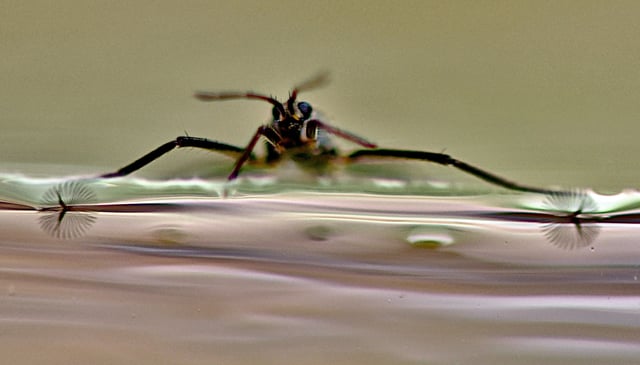Overview
- Published Aug. 21 in Science, the work comes from a UC Berkeley, Georgia Tech, and Ajou University collaboration.
- The Rhagovelia water strider’s fans open on contact with water and close when lifted, moving passively via surface tension and elasticity in about 10 milliseconds.
- High‑resolution electron microscopy revealed a flat, ribbon‑shaped architecture of barbs and barbules that informed the engineered design.
- Researchers built a one‑milligram, self‑deploying elastocapillary fan and integrated it into an insect‑size robot dubbed Rhagobot.
- Experiments showed the fan‑equipped robot generated stronger thrust, better braking, and sharper maneuvers, while the insects themselves can turn in ~50 ms and reach speeds near 120 body lengths per second; future uses are suggested for stream monitoring and flood‑zone searches.
